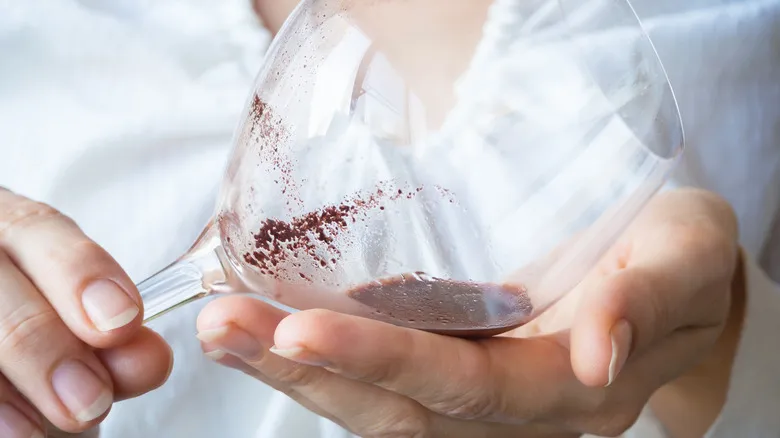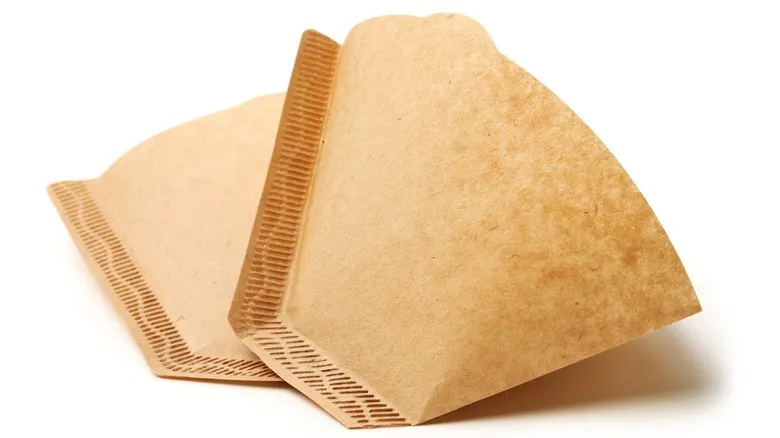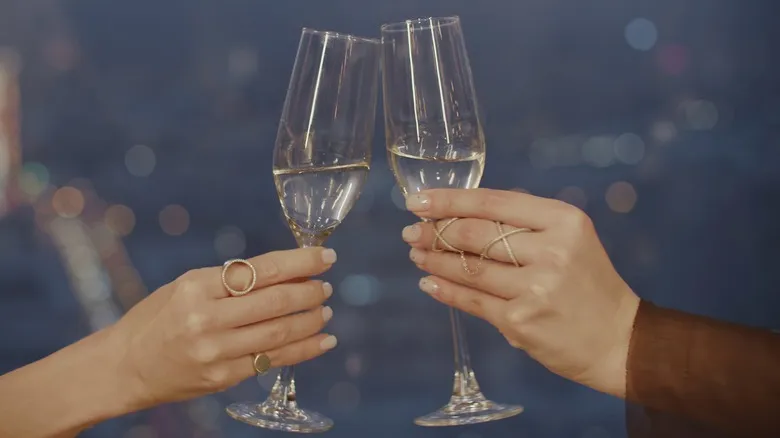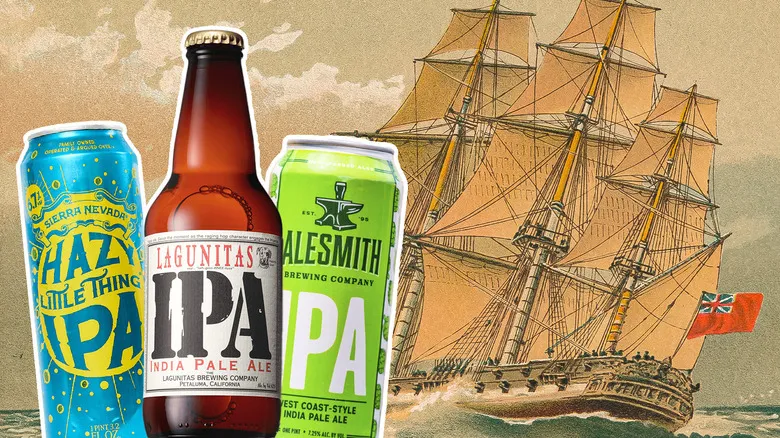What exactly are lees and wine diamonds?

What are these two types of deposits found in your favorite beverage? During the fermentation of white wines, tartrate crystals, commonly known as wine diamonds, are formed. These crystals may look like tiny shards of glass, but they are actually the same substance that bakers refer to as cream of tartar, or potassium bitartrate for the wine enthusiasts. The chilled conditions of white wine create an ideal environment for the formation of these wine diamonds.
To prevent the occurrence of wine diamonds, winemakers sometimes employ stabilization techniques. One method involves chilling the wine to temperatures below 32 degrees Fahrenheit for three weeks, allowing the cream of tartar to settle at the bottom of the barrel or tank. After this period, resourceful bakers can collect this valuable ingredient if they wish.
As for the lees, they consist of the yeast that has completed its role in producing that exquisite bottle of wine. The yeast undergoes a feeding frenzy, consuming all the sugars present in the grape juice. The byproducts of this process include carbon dioxide and, importantly, alcohol. Lees are categorized into two types: "gross lees" and "fine lees." The gross lees are removed early in the process, while the fine lees consist of the remnants of the dead yeast cells, which, despite their name, contribute to the aging process of the wine, enhancing its quality.
Ways to deal with wine sediment

While having a wine steward at your service isn't always feasible, you can still channel the expertise of a sommelier during your next wine-pouring occasion. There's no need for a candle to prevent sediment from settling at the bottom of your glass. Simply pour your wine into a decanter lined with muslin cloth, a coffee filter, or a fine strainer. These tools act as a barrier, keeping the sediment away from your wine glass and ensuring a smooth, grit-free drinking experience.
Additionally, there are some precautions to take before opening a bottle of wine. Sediment naturally settles due to gravity. If a bottle has been stored on its side for an extended period, you may notice sediment accumulating from the bottom to the neck of the bottle. However, you can use gravity to your advantage. A couple of days before serving, store the bottle upright. This allows the sediment to settle at the bottom. While some sediment may still rise to the upper part of the bottle, standing it upright will slow this process. And if a little sediment does find its way into your glass, don’t worry—it may be unappealing, but it’s harmless.
Recommended

Want Better Champagne? Don't Store It In The Refrigerator

How Trader Joe's Picks The Wine It Sells And How To Spot Its Best Bottles

13 Pumpkin Beers You Should Be Sipping On This Fall

The 18th Century Origin Of IPA Beer
Next up

